Hello! The prolonged heat has finally subsided, comfortable season is coming. Cherry blossom trees seem to be preparing for changing to autumn colors by sensing the day-night temperature difference.
In the Sasabe Sakura Reference Room in the Sake Museum, the summer/fall exhibition “Sasabe Shintarō and the Town of Sakura, Nishinomiya” is being held. This exhibition highlights the relationship between Nishinomiya City, which celebrates its 100th anniversary as a city this year and Sasabe. In this article, we introduce about original varieties of cherry blossoms in the city.
The “Someiyoshino,” which is commonly thought of as a famous variety of cherry blossom, was developed around the end of the Edo period (1603-1868). Due to its prolific flowering, rapid growth, and ease of propagation, it was widely planted nationwide during the Meiji period (1868-1912). However, it also faces issues such as susceptibility to disease and declining vigor due to aging. Sasabe wanted to generate a new variety of cherry blossom instead of Someiyoshino to solve this problem. The Sasabe-zakura cherry blossom and research on seedlings are also tangible expressions of that aspiration.
Carrying on Sasabe’s dying wish, Nishinomiya City, which has Sasabe Sakura Collection is passionately engaged in research of cherry blossoms as the city’s official flower. There are currently five varieties of original cherry blossoms, two of which are also associated with Sasabe.
“Nishinomiya Gongendaira cherry blossom,” which can be seen in a parking lot of the Sake Museum was generated from Kishu Gongendaira cherry blossom that Sasabe praised as Japan’s finest during his lifetime. Characterized by large flowers that change color from white, it grows quickly and has high salt tolerance, making it suitable for planting near the sea.
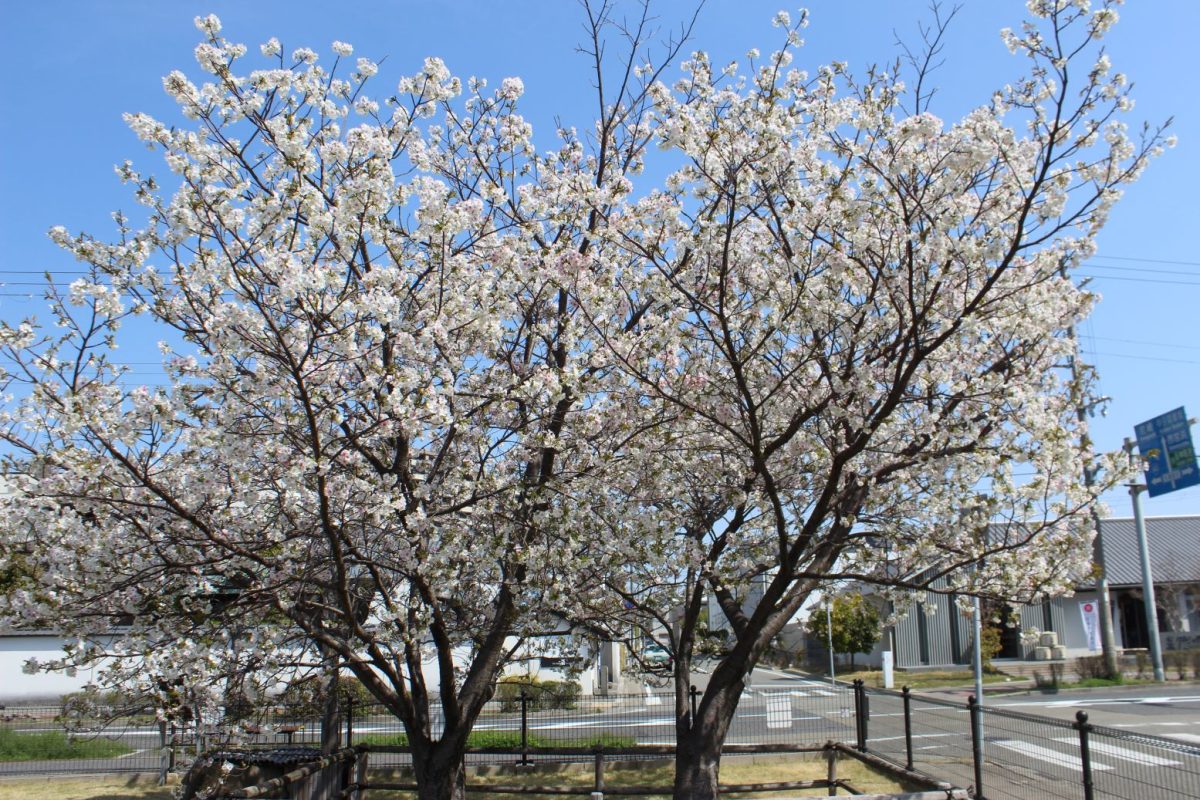
“Koshimizu Hayazaki” is a variety named after the Koshimizu Water Treatment Plant in Nishinomiya City, where the original tree is located. Its petals are thick and bloom with a slight bend at the center. The flowering period is from mid- to late March, blooming about a week earlier than Someiyoshino. At the plant, Sasabe had been planting cherry trees and providing management guidance since 1954. Sasabe cultivated uniquely individual cherry trees from seedlings at his experimental forest, “Ekiraku Sansō” (in Takarazuka City, Hyogo Prefecture), and at the Mukōmachi Nursery (in Mukō City, Kyoto Prefecture). He also provided trees for transplantation to various locations from these sites. It is thought that the Koshimizu Hayazaki may be one of the trees planted during that time.
Other original cherry blossom varieties of Nishinomiya City include the “Miyano Hina-zakura,” which is relatively compact and can be cultivated in pots; the “Imazu Beni-kanzakura,” which begins blooming around mid-March, about two weeks earlier than the Someiyoshino; and the “Shukugawa Mai-zakura,” which have wavy petals and their color changes.
These original varieties of cherry blossoms were planted in front of the Nishinomiya city hall to commemorate the completion of the renovation work on the space in front of it on April 1, 2025. This spot lets you observe the differences between each variety, so be sure to stop by before or after viewing the exhibits at the Sake Museum.
Please look forward to the next article!


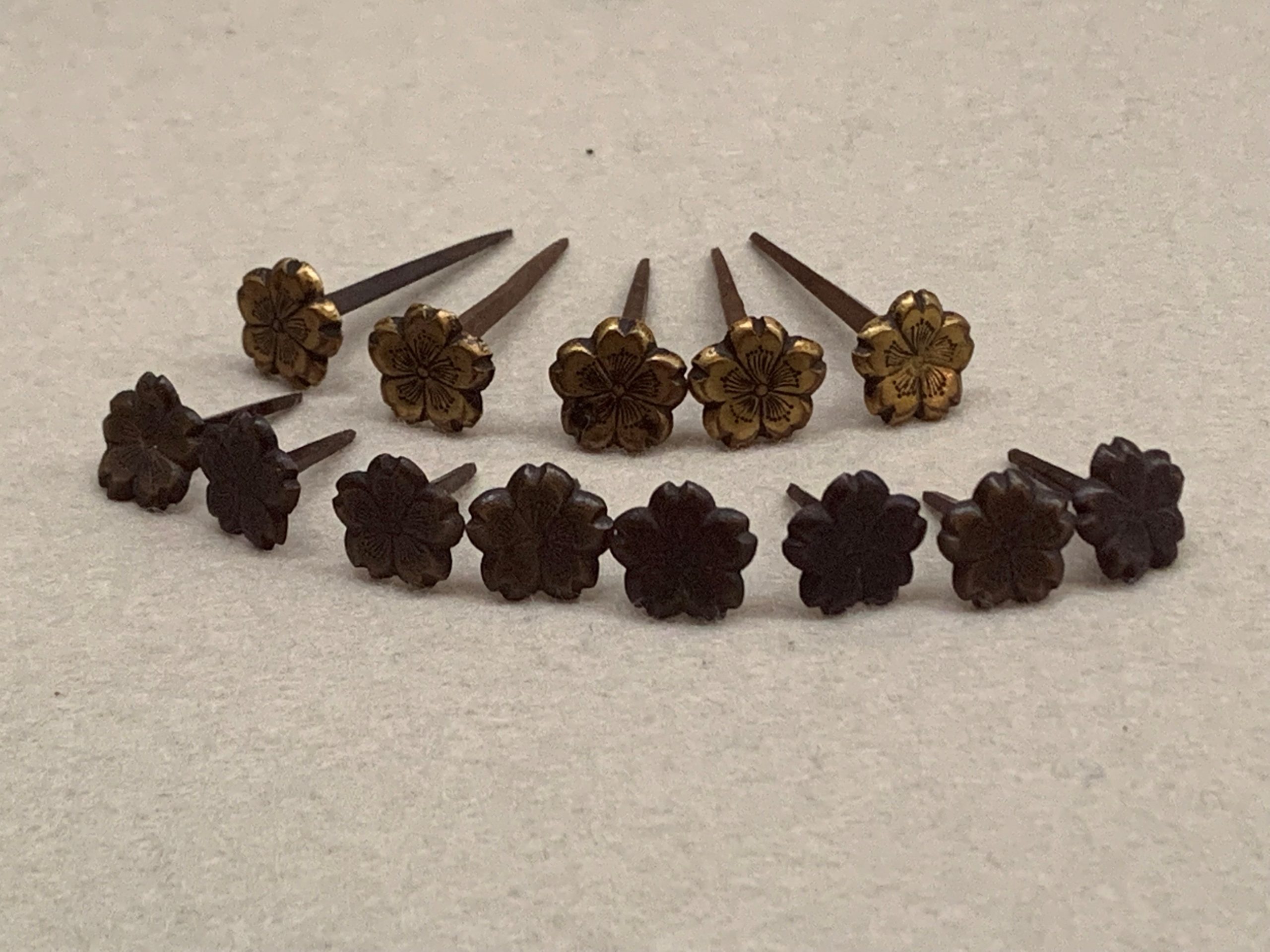
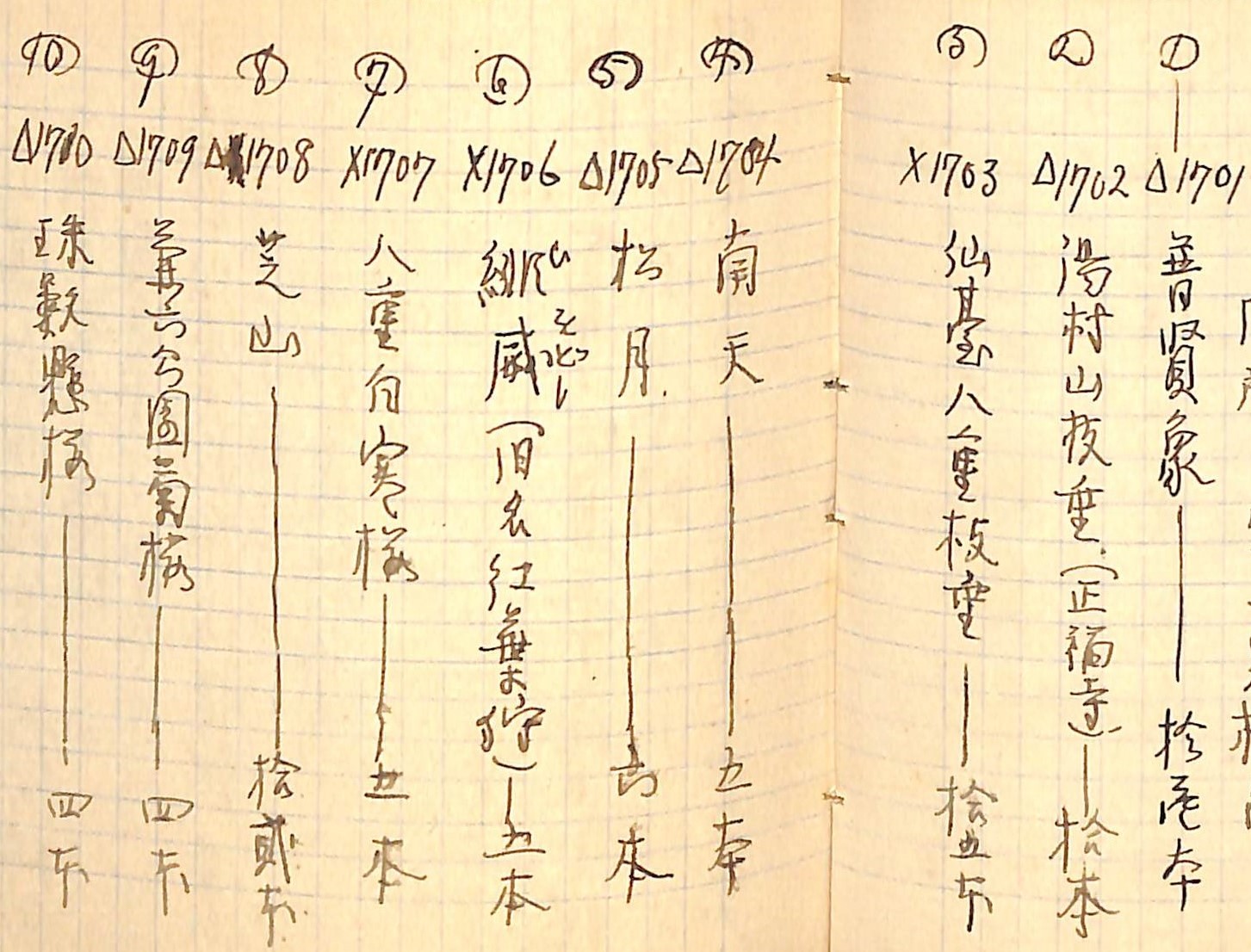
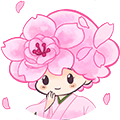
-コピー.jpg)
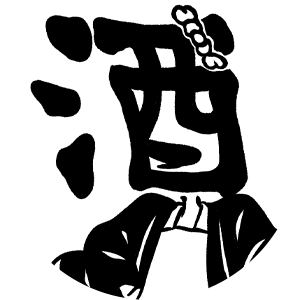
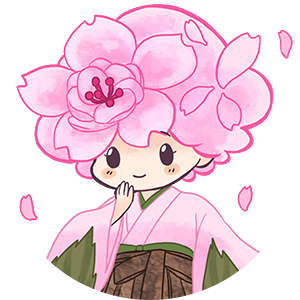
Wouldn’t it be nice to live surrounded by items designed with cherry blossoms?